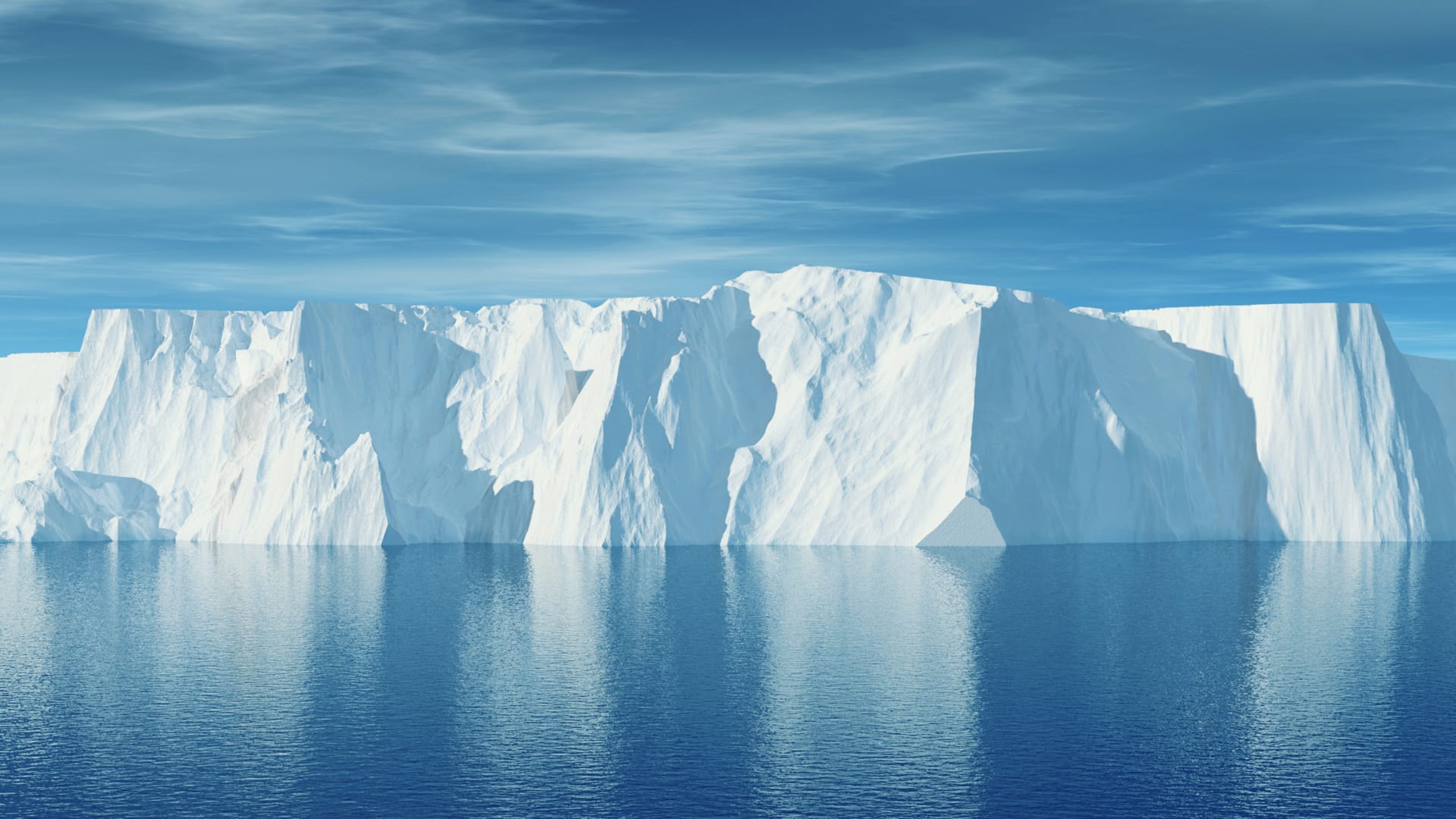
Scientists explore geoengineering techniques to save Arctic from melting away
What's the story
Scientists are investigating various geoengineering strategies to counteract the effects of global warming on the Arctic, according to The Wall Street Journal. These techniques aim to cool down the region by reflecting sunlight back into space. One of these experiments will involve pumping water to the surface where it freezes, creating a protective layer over the Arctic snow. Another approach will include scattering reflective glass beads on snow surfaces, to deflect harmful solar rays.
Strategic approach
Dutch start-up joins effort to restore ice
Arctic Reflections, a Dutch start-up, is also participating in the effort to refreeze the Arctic. The company is experimenting with pumping seawater onto "strategically chosen locations across the Arctic Sea." Their goal is to "restore the Arctic ice as heat shield by thickening the ice in winter." "The Dutch way of trying to build ice rinks for ice skating marathons was inspiration for us," said Fonger Ypma, CEO of Arctic Reflections.
Opposition arises
Geoengineering proposals face criticism
Despite the innovative strategies, these geoengineering interventions are facing criticism. Critics argue that such technological fixes distract from the primary task of decarbonising and could potentially lead to a slippery slope toward deployment. Martin Siegert, a climate scientist at Imperial College London, has called the entire discussion "absolutely insane." He expressed surprise at the attention these proposals have received recently and believes it's time to challenge them.
Scientific support
Polar geoengineering gains momentum despite controversy
Despite facing opposition, these geoengineering ideas are gaining traction within the scientific community. Ken Mankoff, a climate scientist at NASA, organized a workshop on polar geoengineering in December 2023, despite warnings of potential controversy. He maintains that there is more agreement than disagreement among polar scientists about the urgency of addressing the effects of climate change.
Hurdles ahead
Additional interventions face practical and regulatory challenges
Beyond refreezing strategies, other interventions like installing enormous underwater curtains to deter warming currents from melting glaciers, or drilling boreholes in vertical kilometers of ice to siphon off water from ice sheets' base are being proposed. However, these proposals face significant practical, political, and regulatory challenges. For instance, any geoengineering in Antarctica would require agreement from all 57 member countries of the Antarctic Treaty System, a process that could be fraught with difficulties.